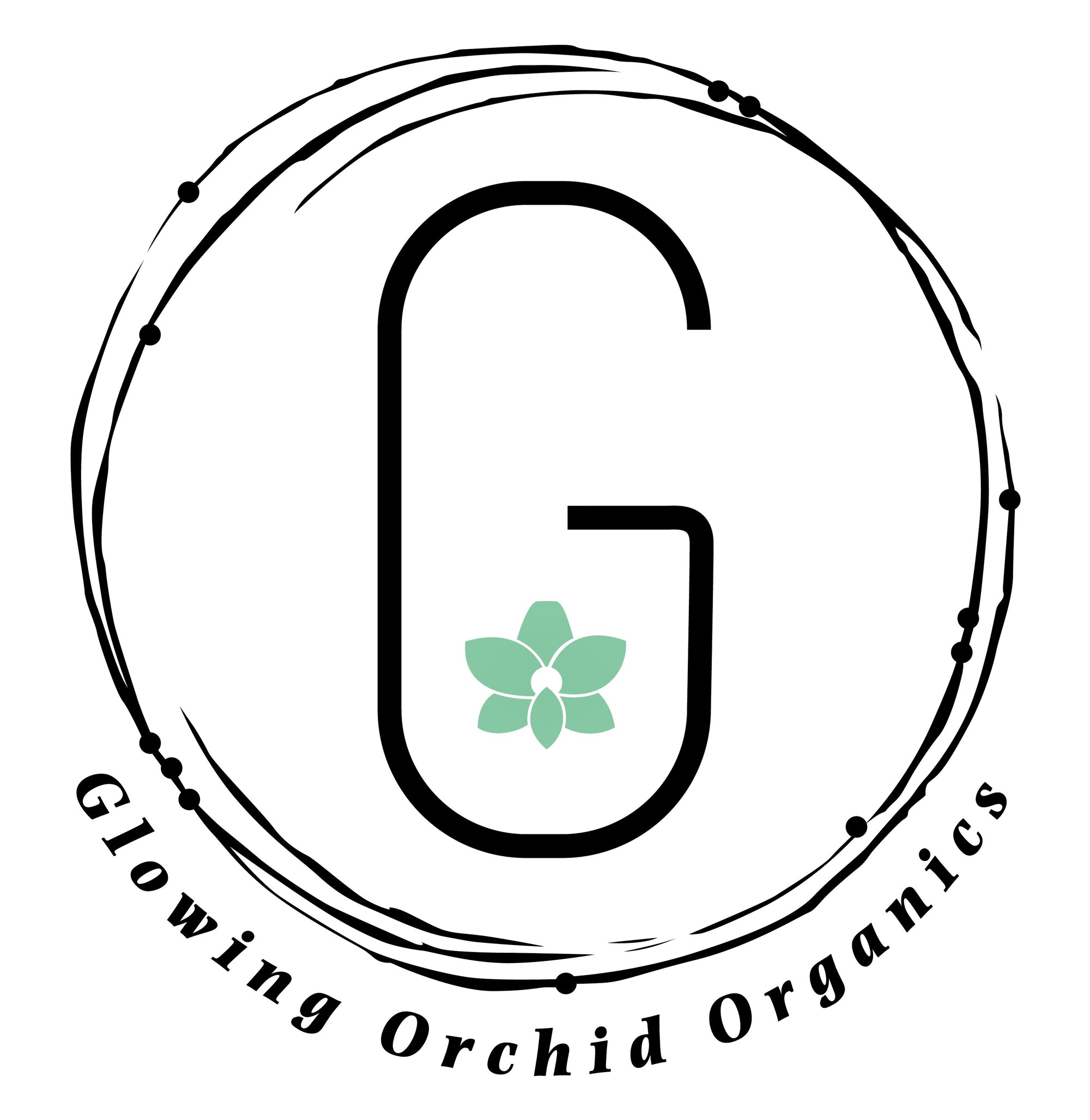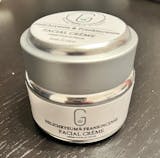You never want to find mold in your house. This pesky type of fungi can trigger health issues in humans, sometimes as serious as chronic pulmonary illnesses. You could be the healthiest, tidiest person in the world, and mold could still get you. So what do you do when you unexpectedly find moldy spots on your walls or tiles?
First thing’s first: if the mold problem is widespread or if you can smell it, get out of the room and contact a professional mold removal team. Thankfully, such severe cases don’t happen often. Mold can be visible at its earlier stages, when you can get rid of it with home remedies.






